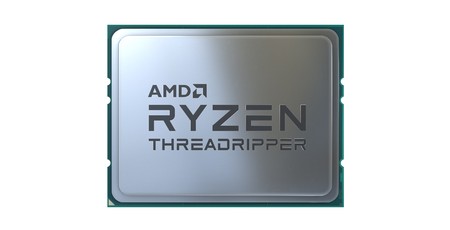
2nd Gen Threadripper certainly had its fair share of gremlins. Nvidia announced a few weeks after its launch that a bug in its driver could have been hitting performance by as much as 50 percent, and a subsequent driver fix certainly improved gaming performance massively. The issues with Windows 10's scheduler were also well-documented with various bolt-on fixes available, but combined with the latest Windows updates that improve load balancing and recognising the fastest cores, 2nd Gen Threadripper is in a much better place now than it was this time last year.
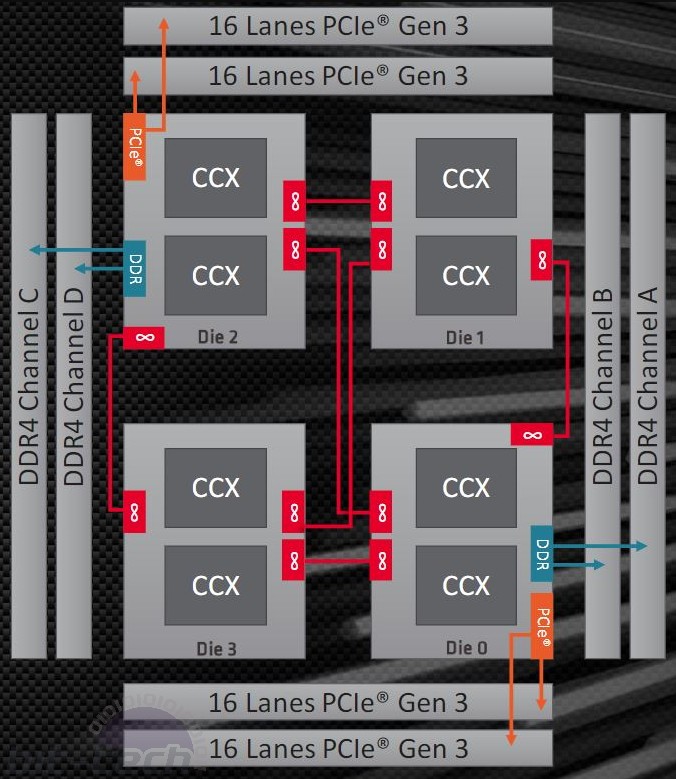
There was one other significant issue with the WX-series, though, and that was the topology. Above, you can see what the Threadripper 2990WX looks like under the hood. The key point to take away is that only two dies have direct access to the PCIe and memory bus. In fact, only one die has direct access to memory channels A and B. This means the other dies need to go through the connected dies in order to access the rest of the system, and this caused a huge amount of latency and, in short, poor performance where the likes of the Threadripper 2990WX should have been way out in front. In fact, in some multi-threaded tests, it was slower than the Threadripper 2950X.
Above is how 3rd Gen Threadripper looks under that massive heatspreader. In a similar CCD and I/O die arrangement to mainstream 3rd Gen Ryzen CPUs, that 12nm I/O die acts as the anchor for the four CCDs, providing direct access to four memory channels, provided by a pair of two-channel memory controllers, plus the PCIe bus. Every core now has direct access to the rest of the system, whereas before, the CPUs had to be cut back in this regard to prevent them competing with AMD's Epyc CPUs.
No inhibitions this time clearly - this is a full-fat, quad-CCD monster with all the trimmings. Infinity Fabric still plays a big part in 3rd Gen Threadripper, and AMD has reduced its power requirements and implemented a similar memory overclocking regime to mainstream Ryzen too. We had a quick play and found that 3,600MHz was easily attainable with our test board and launch BIOS, running at a 1:1 ratio with Infinity Fabric. The platform now has 72 usable PCIe lanes that are PCIe 4.0 compatible and eight PCIe 4.0 lanes to the CPU direct from the chipset. The concurrent maximum bandwidth stands at 133GB/s, and there's obviously huge potential for a mix of NVMe and SATA-based storage as well as 48 PCIe general purpose lanes for triple 16x GPU setups plus a generous helping of SATA and/or NVMe devices.

MSI MPG Velox 100R Chassis Review
October 14 2021 | 15:04

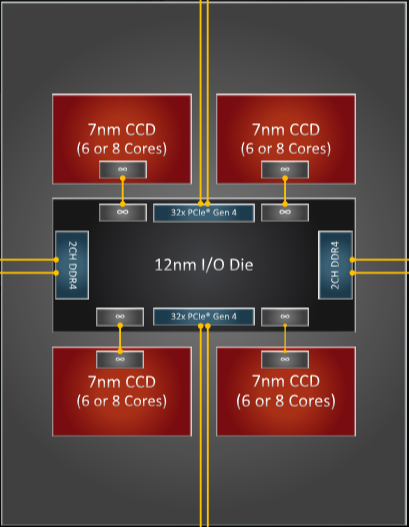
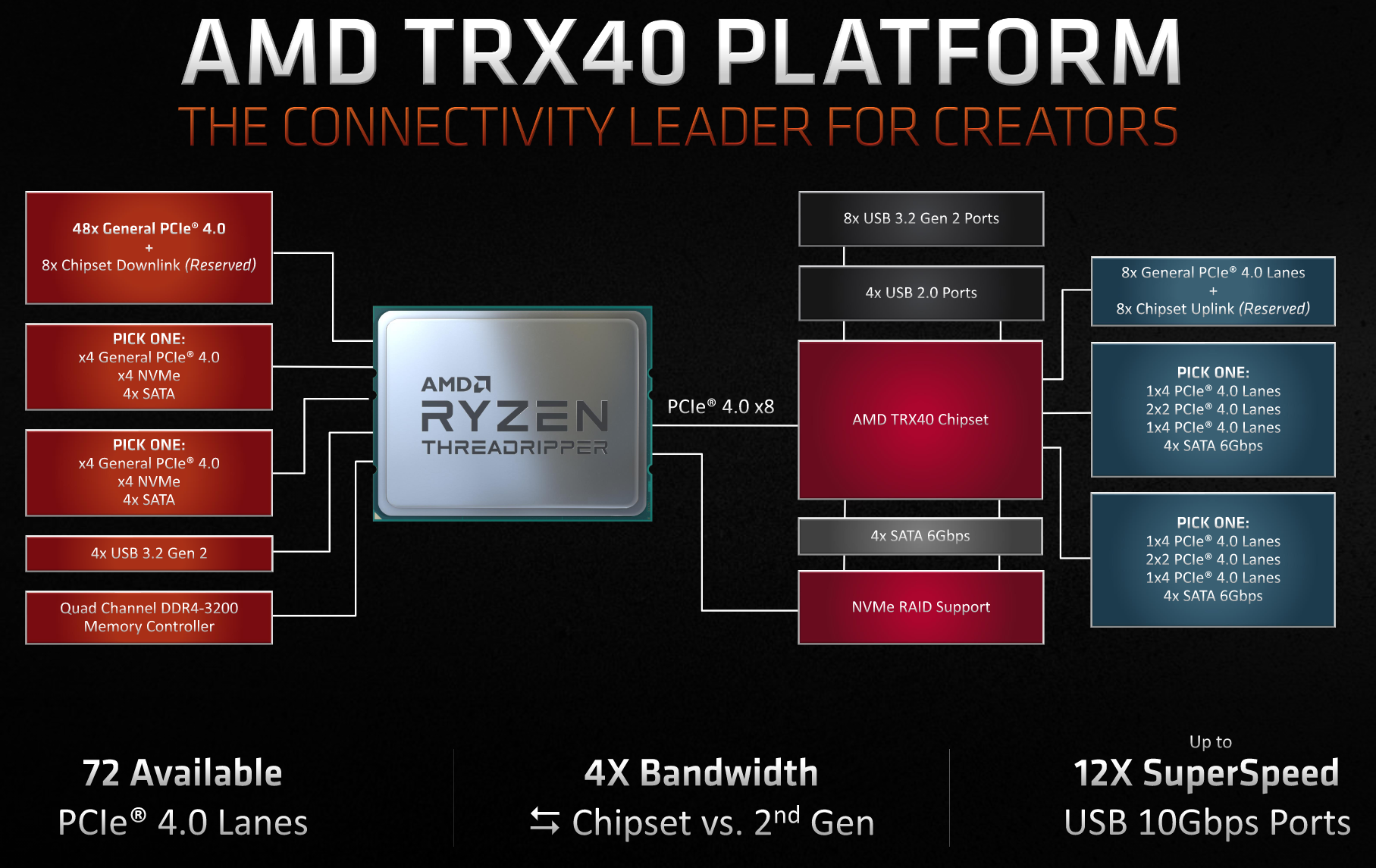
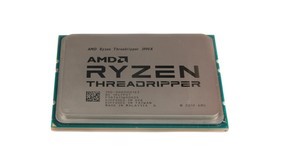
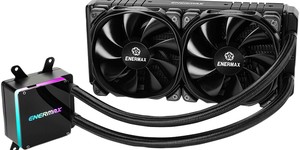
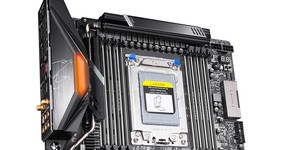




Want to comment? Please log in.